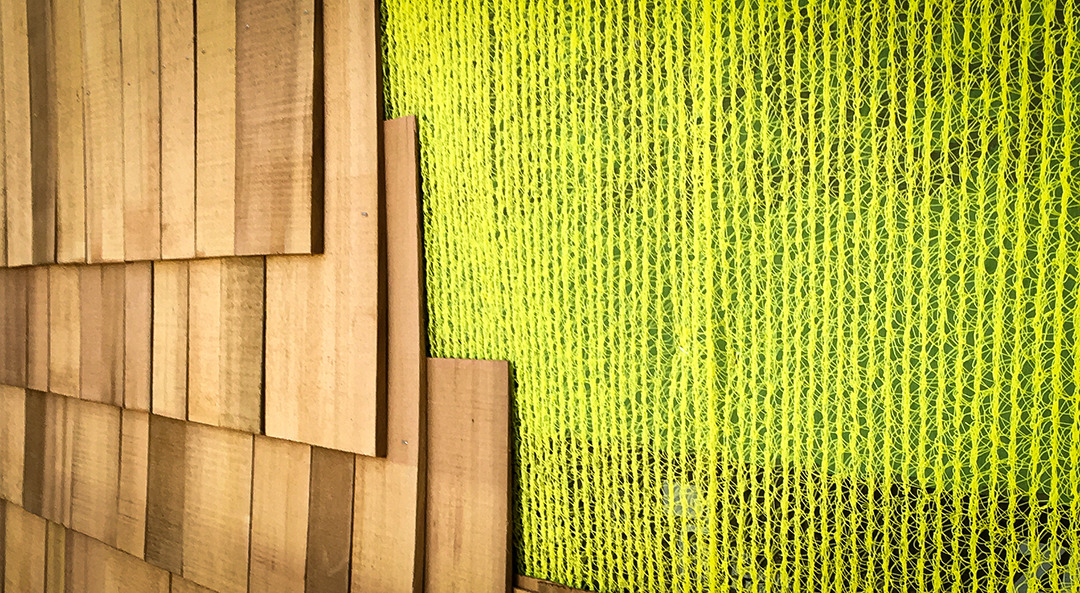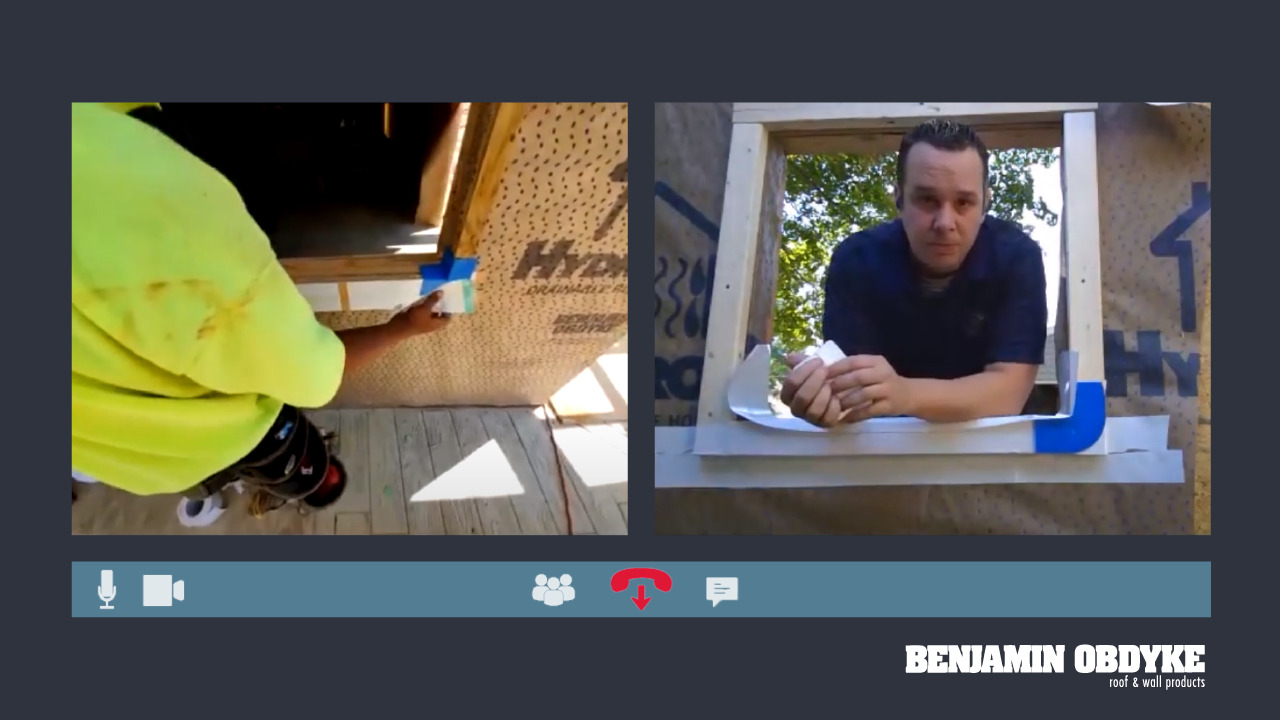Though there are a lot of options for designing a high-performance wall system, incorporating a rainscreen offers the best opportunity to ensure proper drainage and drying. But which type of rainscreen goes best with each project? Consider these factors.
Considerations for Rainscreens
Climate
Climate will be the first thing to consider. Areas with little rain, such as Arizona, might not need a rainscreen as much as a wetter climate like upstate New York.
Cladding
Next consider cladding type. In particular, pay attention to what the manufacturer requires, as what’s behind the material will impact its performance and durability, as well. Failing to follow manufacturer instructions could lead to voiding the warranty.
Some materials will mandate a rainscreen and the thickness of the rainscreen gap. A more robust rainscreen made with wood furring strips or our Batten UV strips will offer a gap of 3/16” to 3/4”. The Slicker 3D matrix creates a ¼” space.
In addition, some cladding materials come with a built-in rainscreen.
Code Mandates
Check your local codes for rainscreen requirements; some jurisdictions, particularly in wetter climates, will require a larger gap.

Slicker® Rainscreen Samples
GET YOUR FREE SLICKER® RAINSCREEN SAMPLES TODAY
Energy Efficiency
Whether you’re adding exterior insulation to meet codes or to boost the home’s overall efficiency, factor it into your wall system decisions as it will impact rainscreen space. The added thickness requires longer fasteners, which will typically dictate the use of traditional furring strips versus a matrix product to ensure proper cladding attachment.
Ventilation
A ventilated rainscreen should be used when budgets and designs allow, as well as when codes dictate for materials like veneered stone and stucco. A ventilated rainscreen incorporates an opening at the top of the wall as well as the typical opening at the bottom, creating a convective air flow that helps further dry the cavity.
Learn more about ventilated rainscreens in our previous blog post.
Choosing a rainscreen requires weighing a range of details, but ultimately a robust rainscreen solution will typically provide the highest performance opportunities. Though budget plays a role, consider that excess moisture in the wall system will drive up the cost of maintenance for the cladding. The goal is to build a 100-year wall assembly, and more drying potential will help make that happen.
Want support determining the best rainscreen system for your project? Contact us to set up a virtual jobsite visit.




